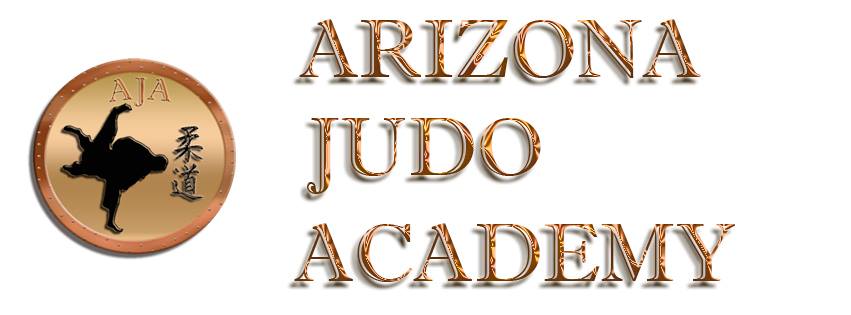
Description
Judo (柔道 jūdō?, meaning "gentle way") is a modern martial art, combat and Olympic sport created in Japan in 1882 by Jigoro Kano (嘉納治五郎). Its most prominent feature is its competitive element, where the objective is to either throw or takedown an opponent to the ground, immobilize or otherwise subdue an opponent with a pin, or force an opponent to submit with a joint lock or a choke. Strikes and thrusts by hands and feet as well as weapons defenses are a part of judo, but only in pre-arranged forms (kata, 形) and are not allowed in judo competition or free practice (randori, 乱取り). A judo practitioner is called a judoka.
The philosophy and subsequent pedagogy developed for judo became the model for other modern Japanese martial arts that developed from koryū (古流?, traditional schools). The worldwide spread of judo has led to the development of a number of offshoots such as Sambo and Brazilian jiu-jitsu.
ETIQUETTE, MANNERS, AND ETHICS
Judo practice is has many rules of etiquette, manners, and ethics. Above all, judo students learn important values of respect, respect for their instructors, or sensei ; their partners, both senior and junior to them ; the officials and referees of judo ; the families and friends of judo classmates; and above all, themselves. Each dojo has its own code of conduct, spelling out the dos and don'ts of behavior. Judo students learn to be attentive, and develop a good work ethic that they can carry with them into others parts of their lives. Judo students learn modesty and fairplay. Values related to sincerity, courage, and commitment are fostered through the brutally honest actions of attack and defense. Arrogance is not allowed, and judo students learn to persevere in a physically and mentally demanding training that fosters emotional control and diligence. Judo students greet one another with respect and courtesy, and afford their sensei with esteem and admiration. In short, judo students learn much of the social etiquette necessary to become solid citizens of the world.
Rituals - Bowing
Of the many rituals that are a part of judo, perhaps none is clearer and poignant than the bow. In judo, bowing is a signal of respect. Judo students bow when entering and leaving the dojo. They bow to the teacher at the beginning and end of practice, to give thanks and appreciation to the sensei for their teaching. The entire class, including the teachers, often bows at the beginning and end of class to the head area of the dojo containing all the objects of respect. Before practicing with each other, students bow to show respect to each other, and they bow once again at the end to give thanks for the workout. In formal judo matches, contestants bow at the beginning and end of the match, to signify respect and courtesy for each other as opponents, and to the institution and rules of judo, which fosters fairplay and sportspersonship.
Bowing is also a posture of humility, gratitude, and appreciation. Through their judo training, students literally bow hundreds of times a week. Over the years, bowing will become an integral part of your attitude and perspective on life, and others. It is in this fashion that judo molds its students to be admirable citizens, both on and off the mat.
Location
-
302 W Melinda Ln, Phoenix, AZ 85027
Categories
Language
- English

Add a review